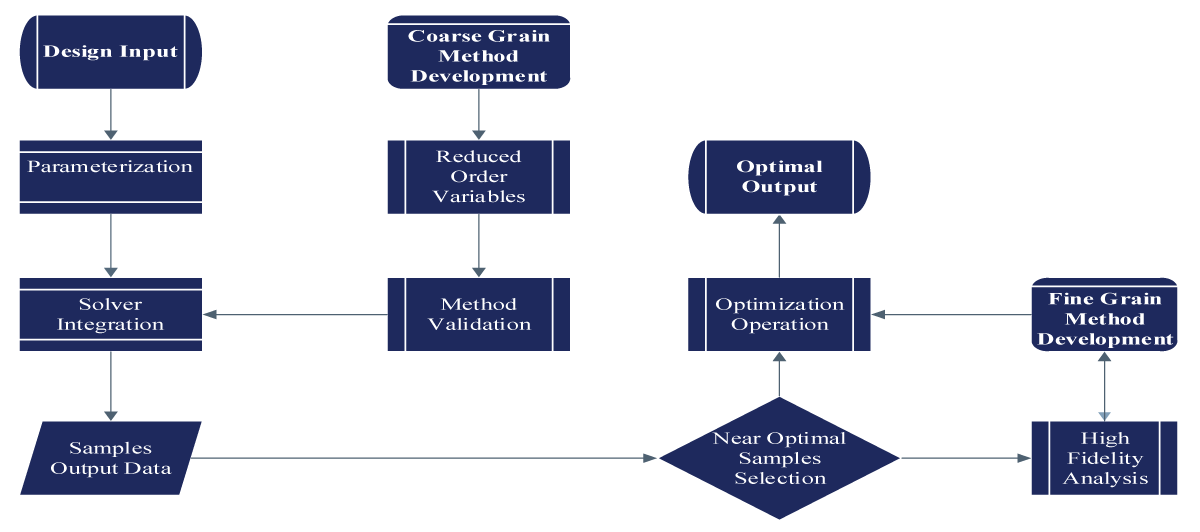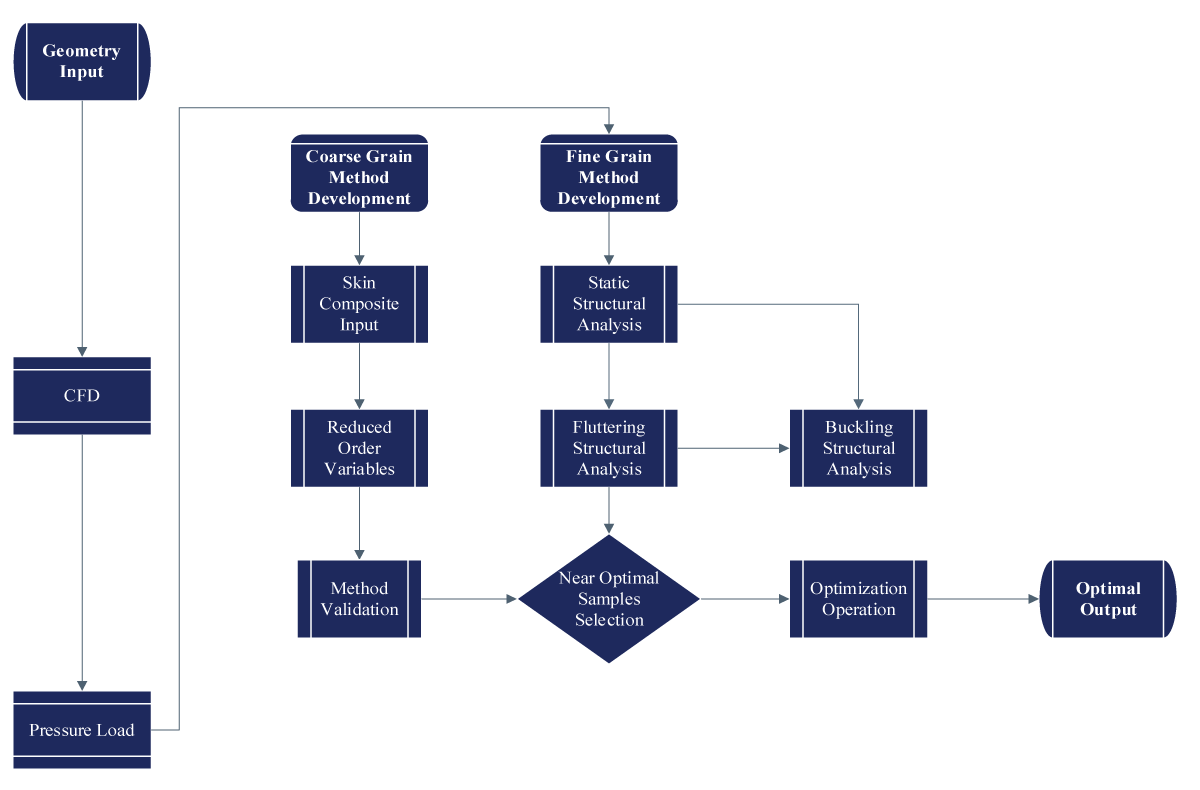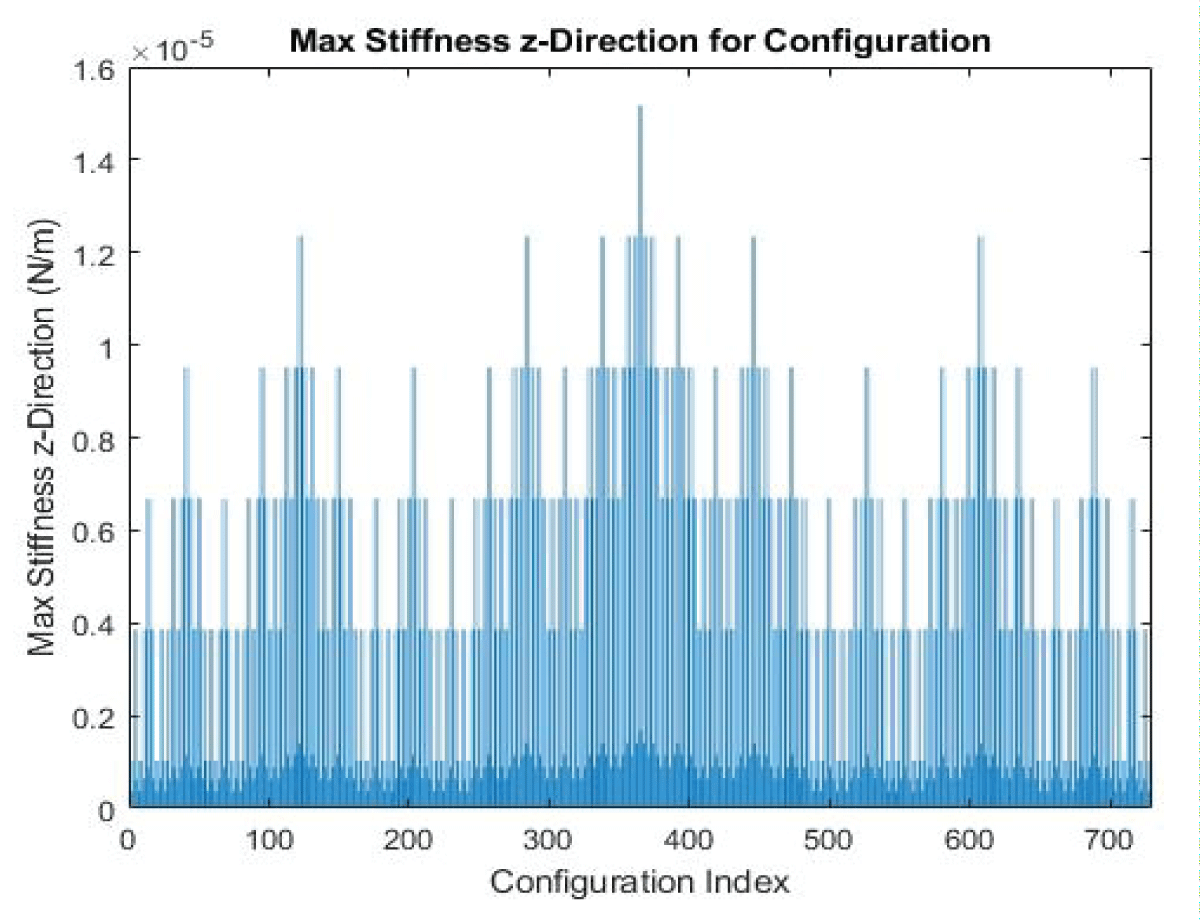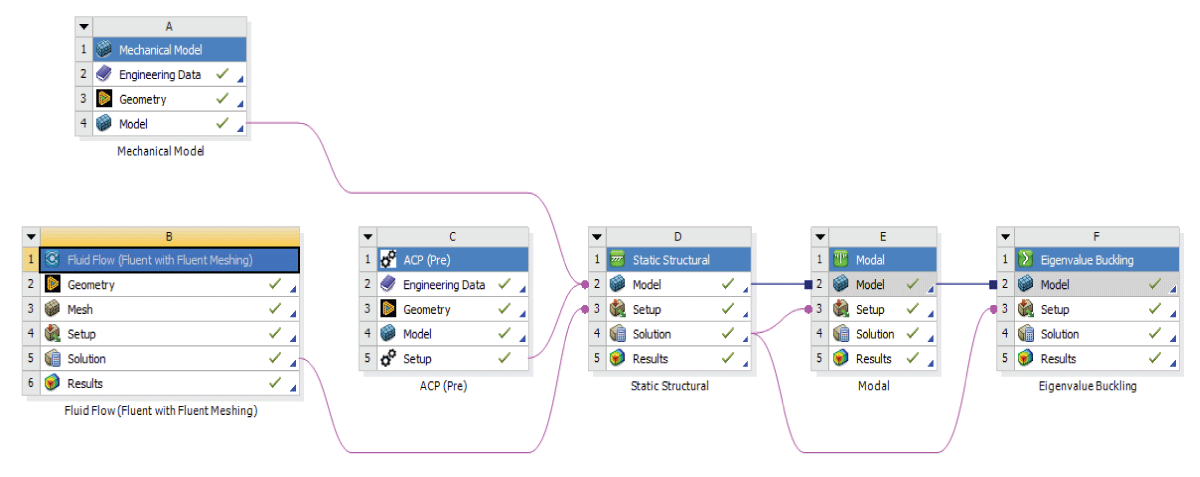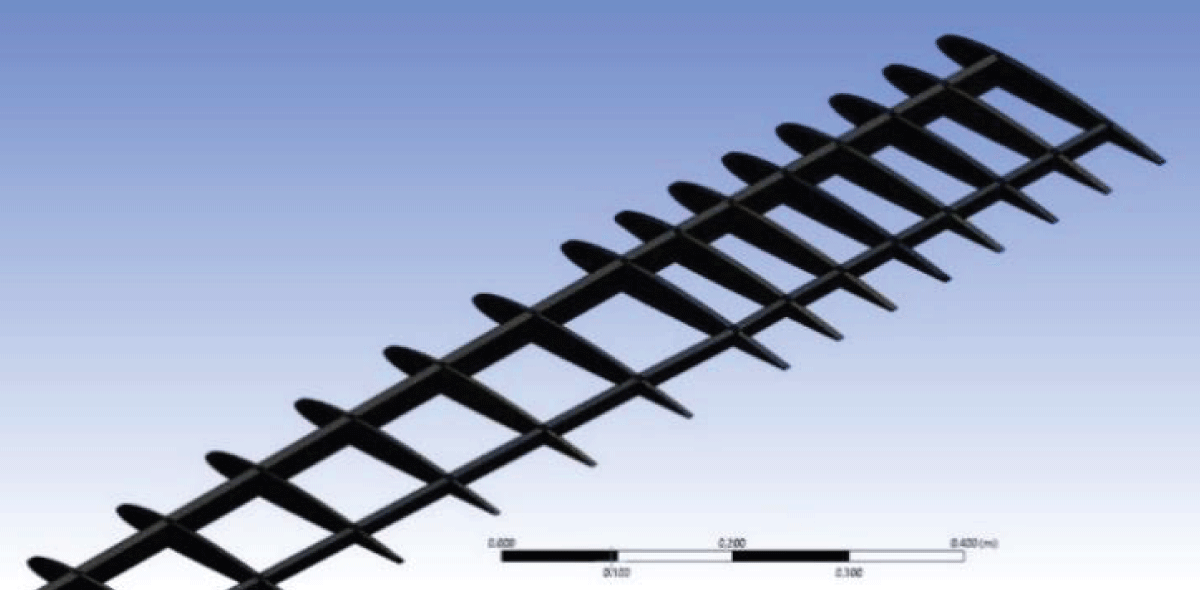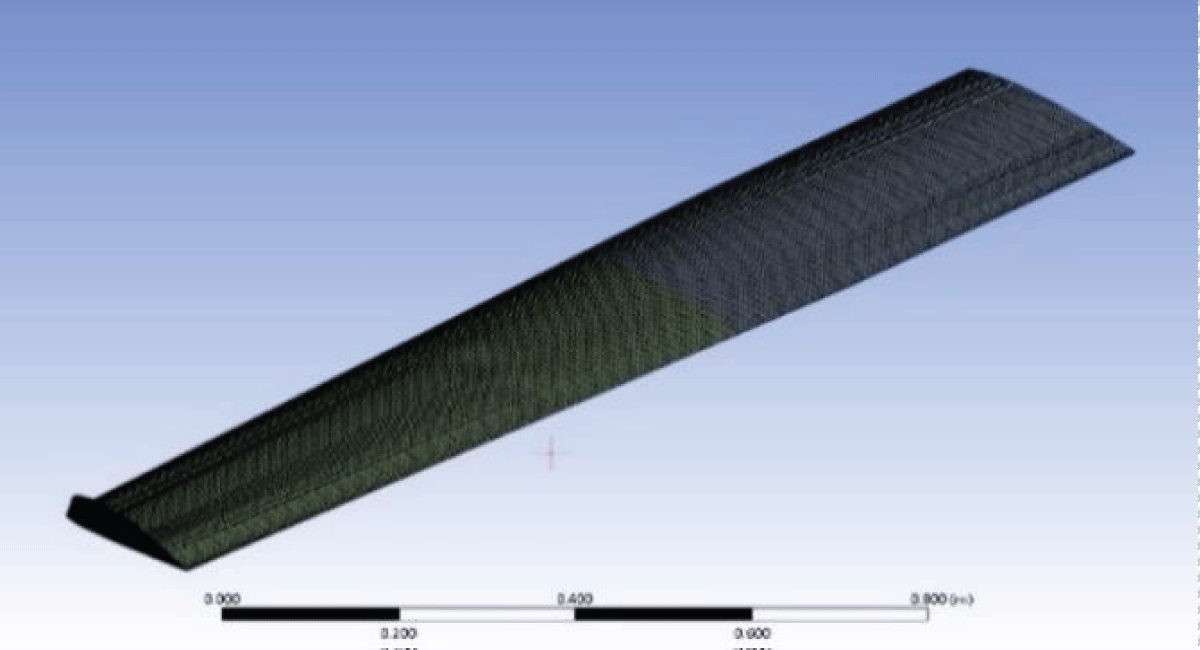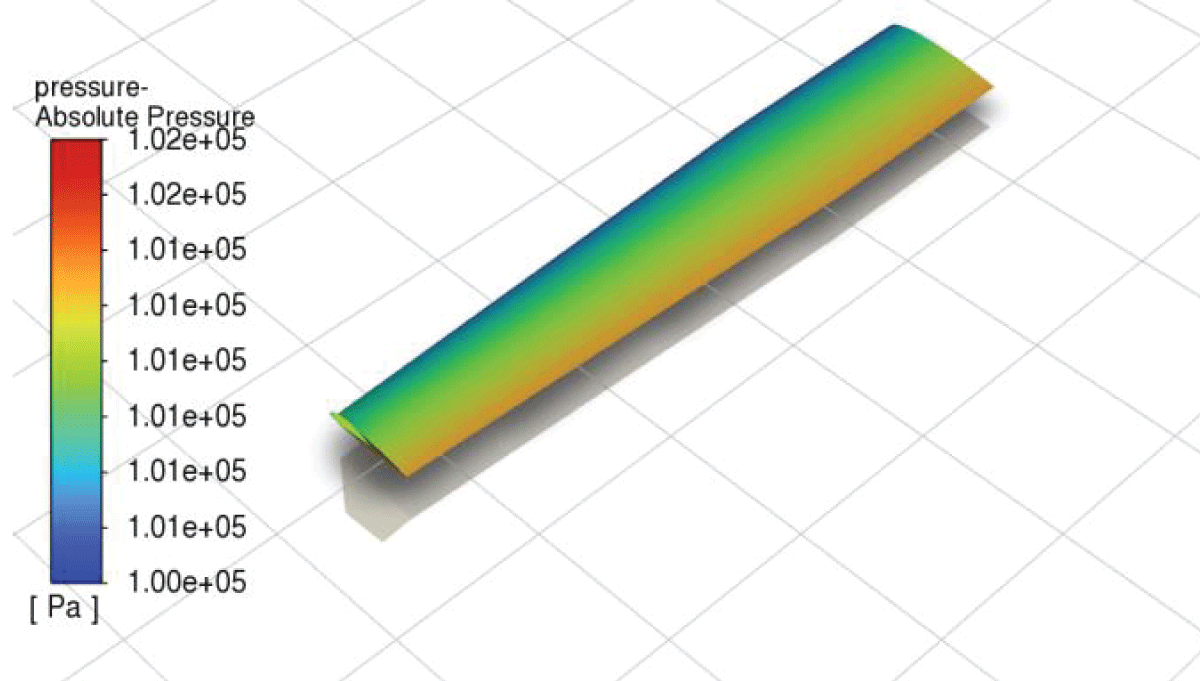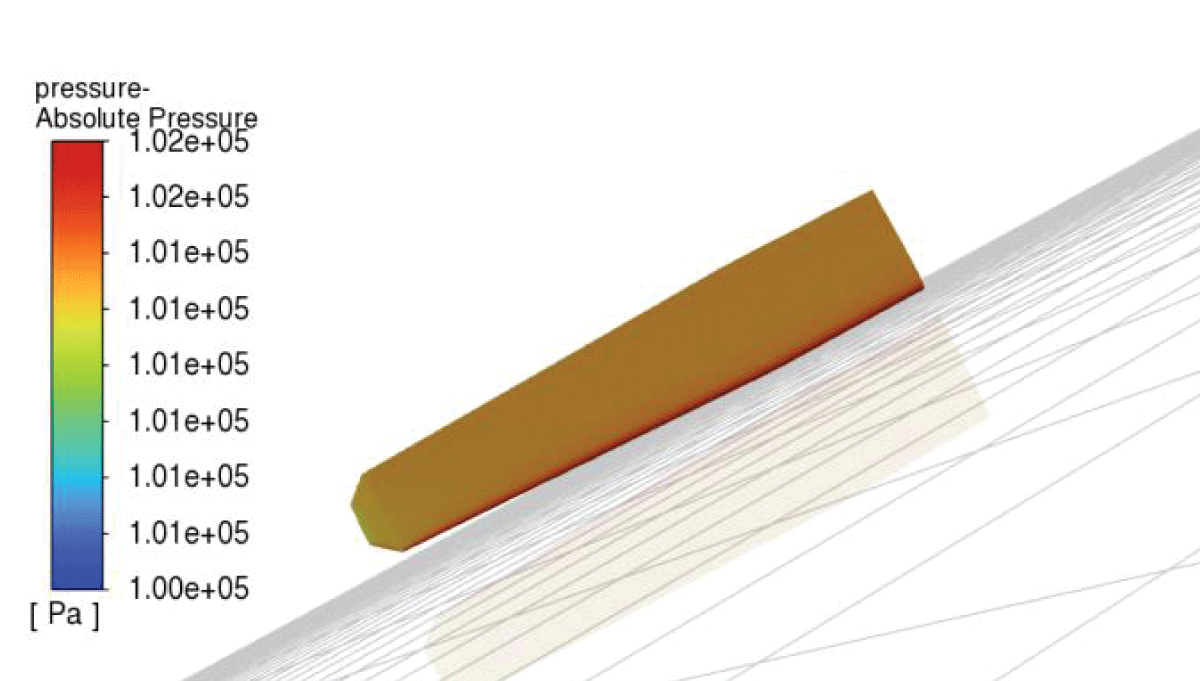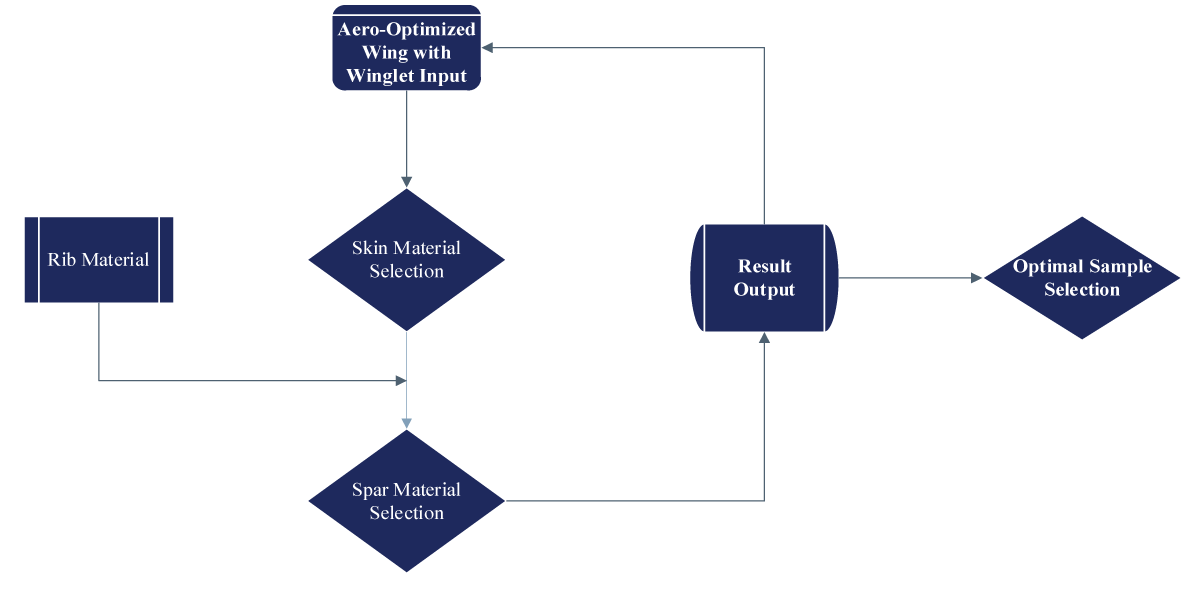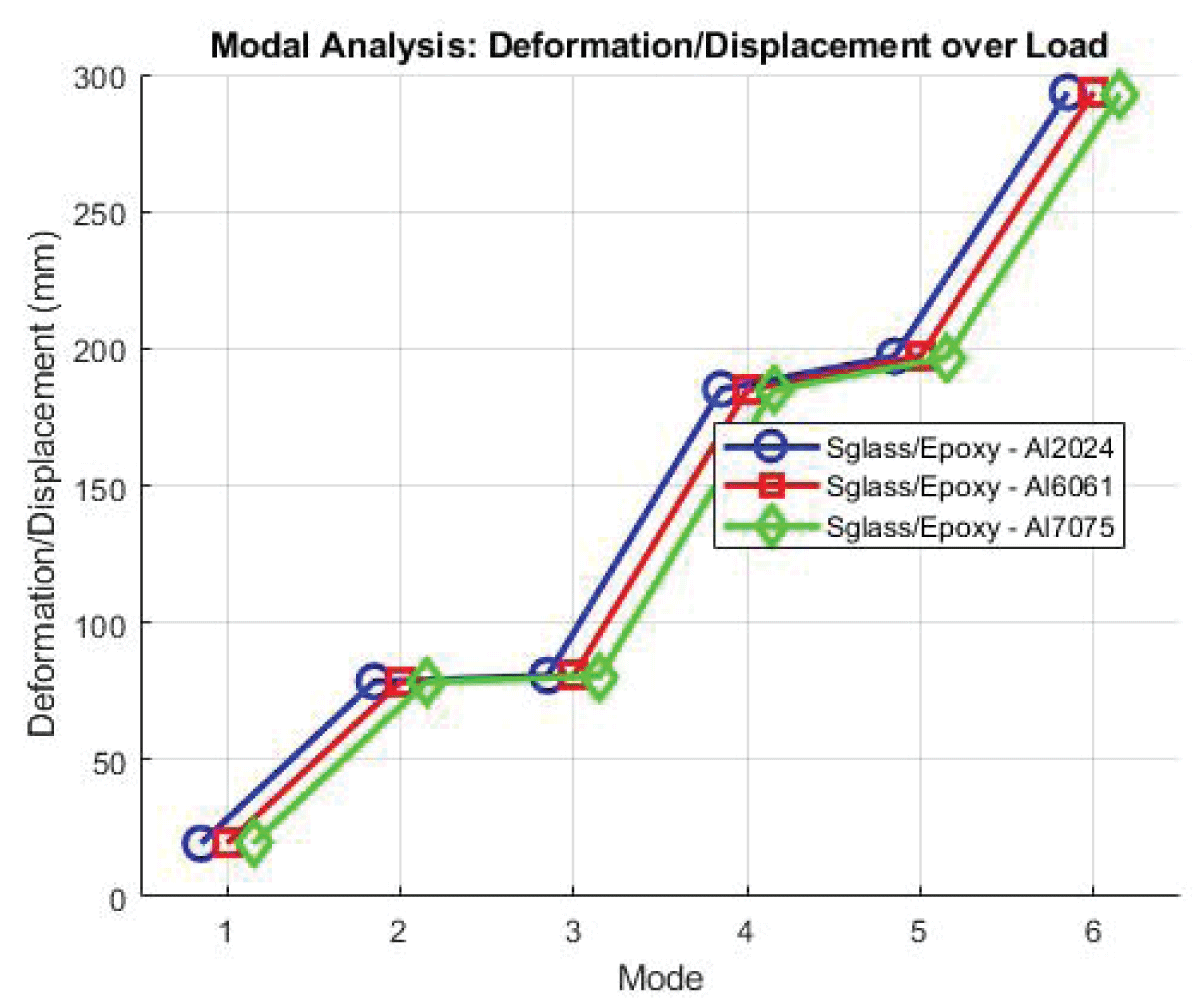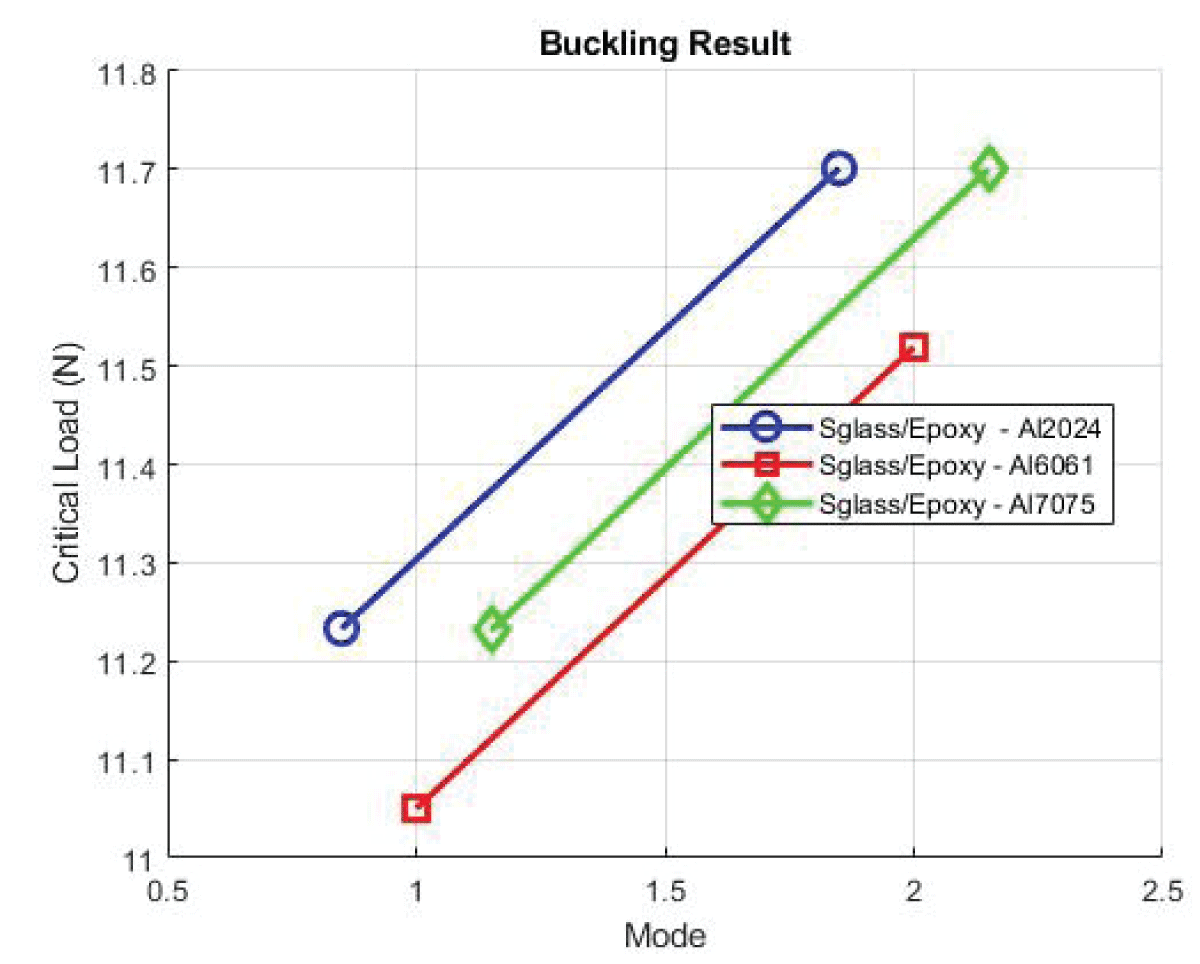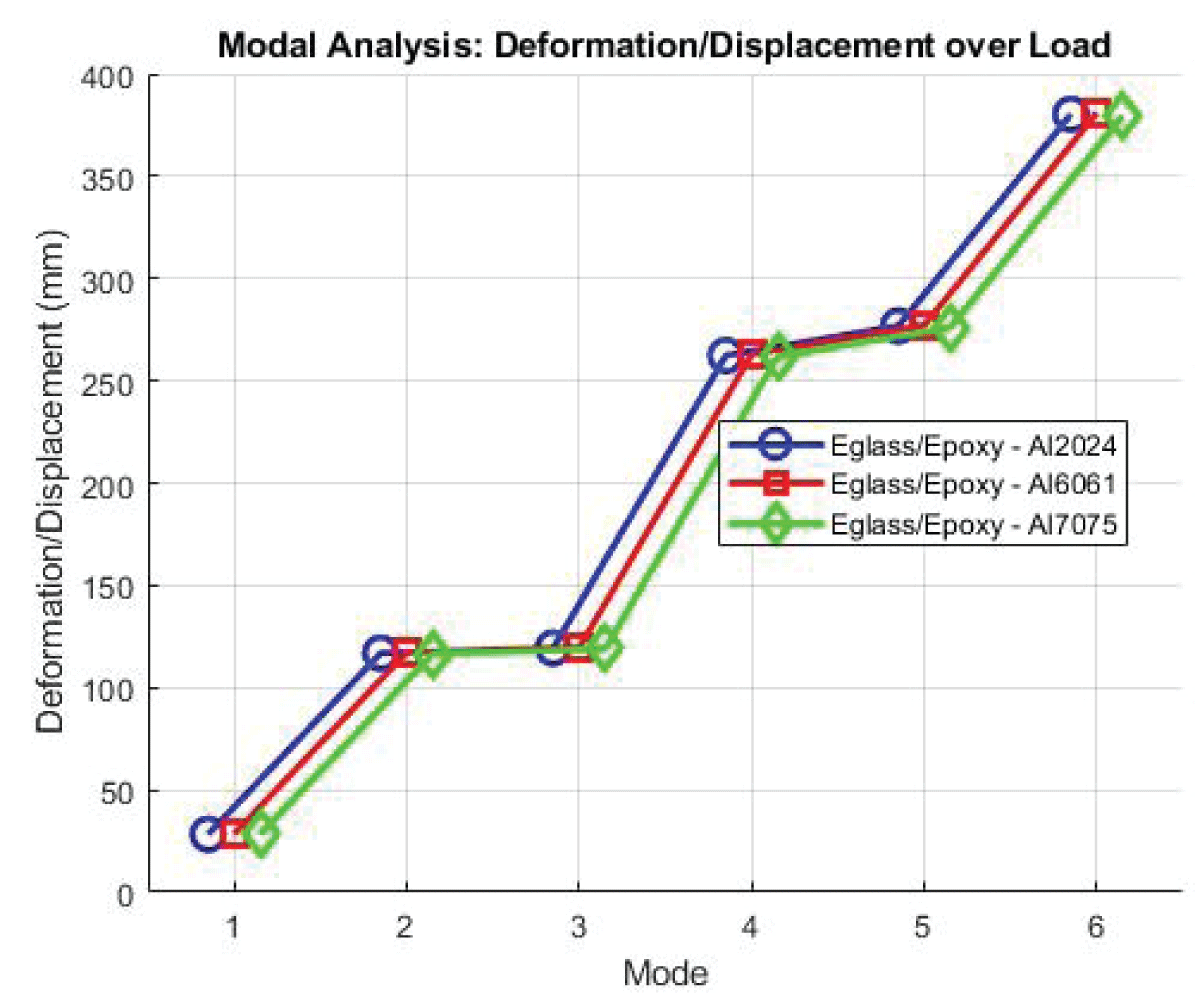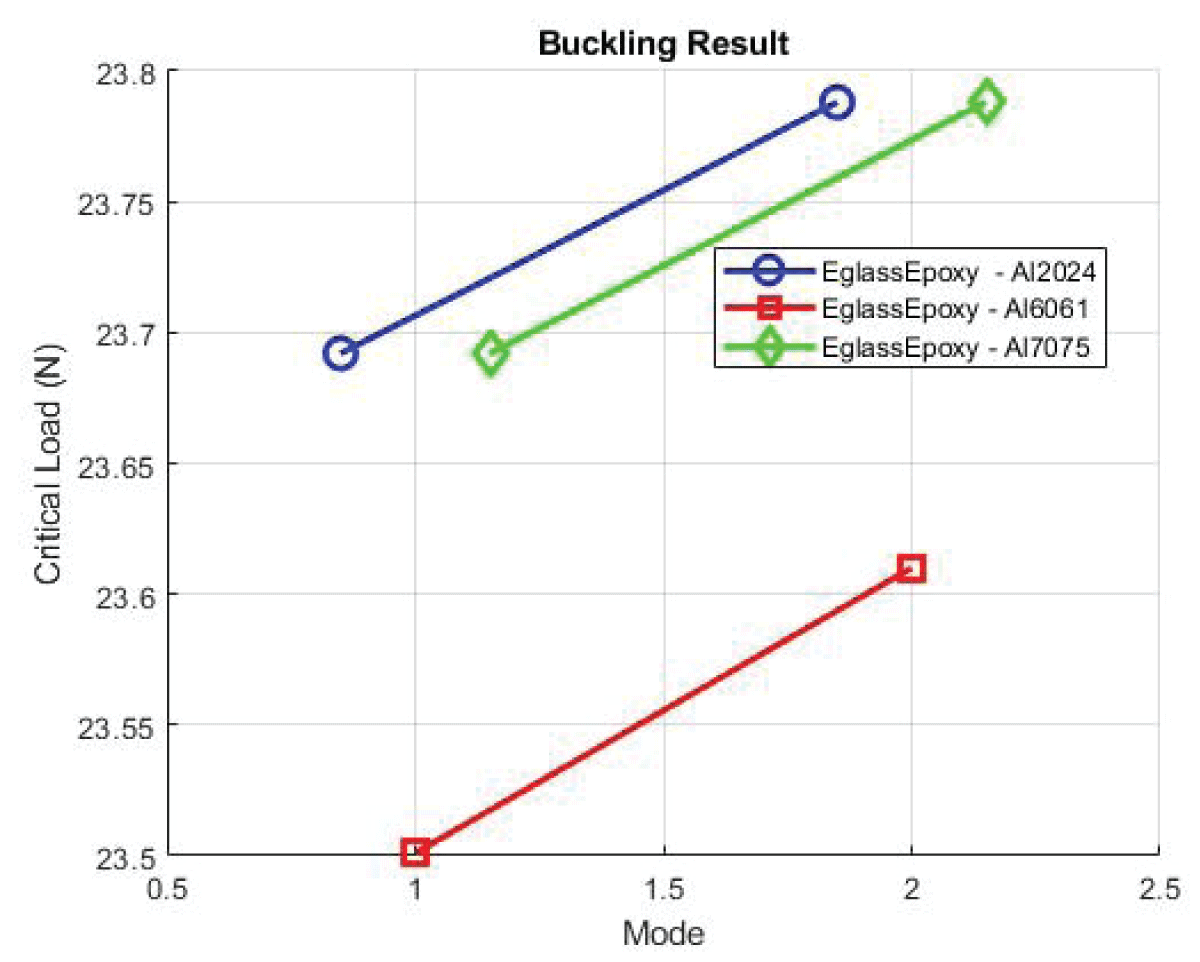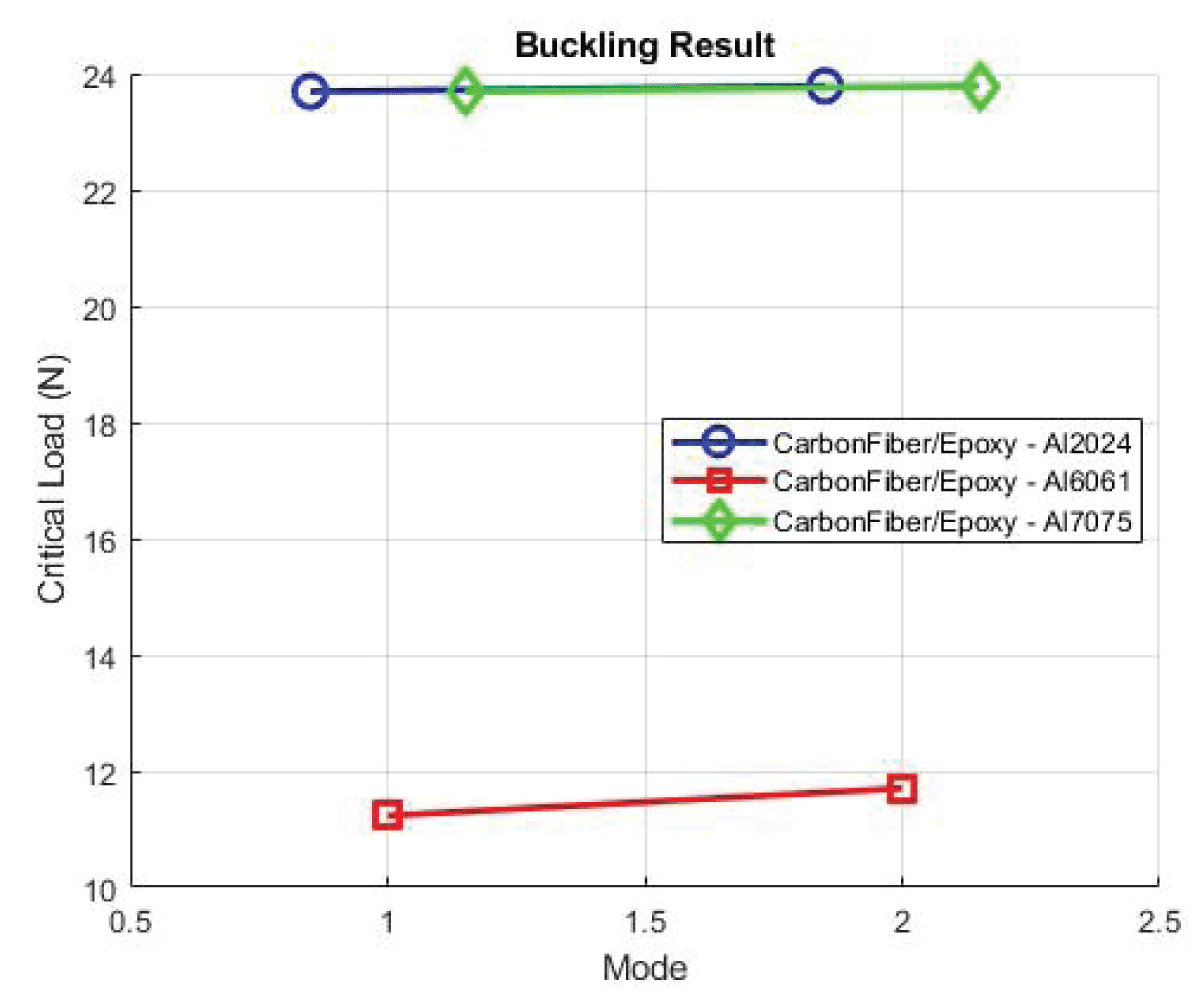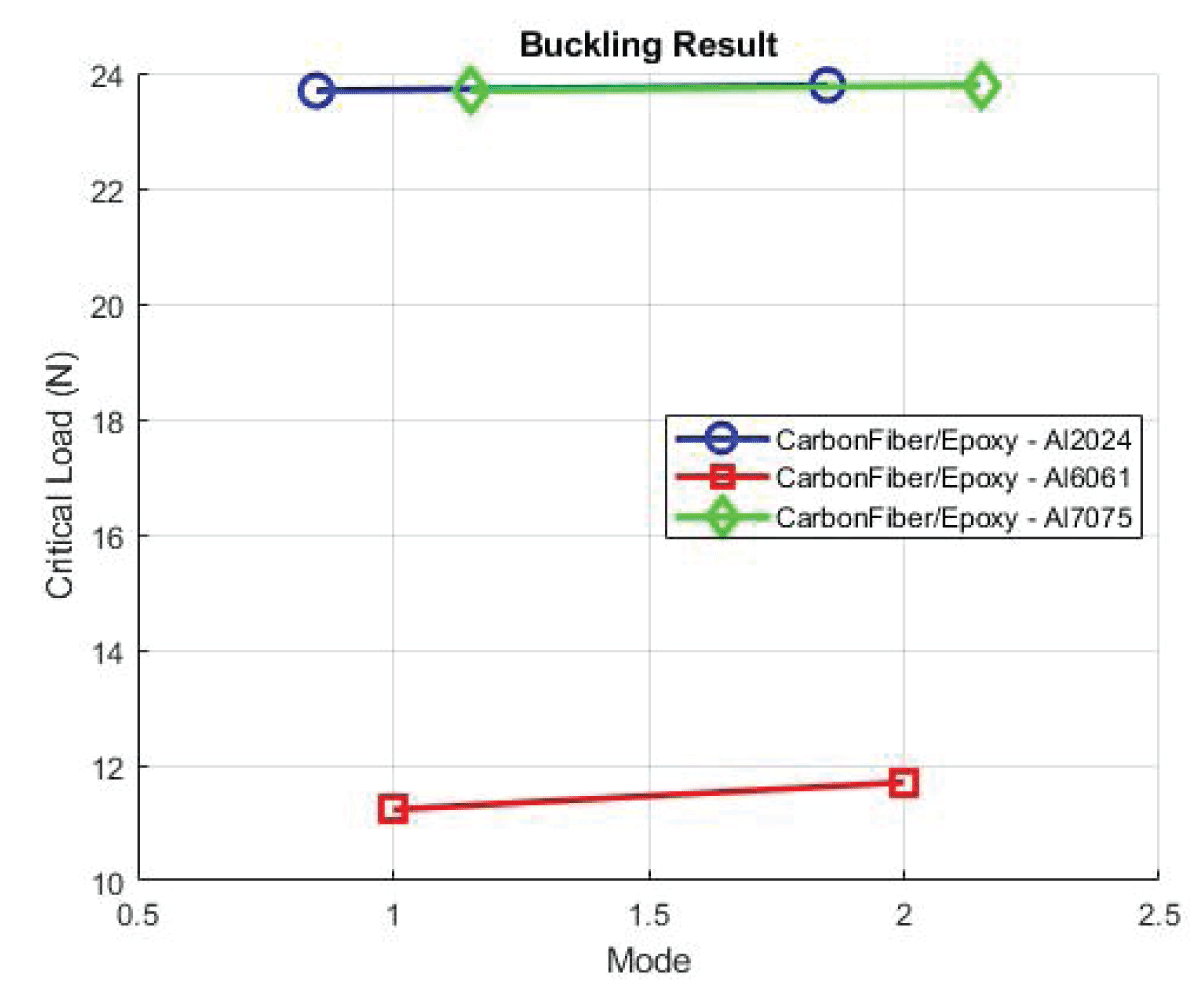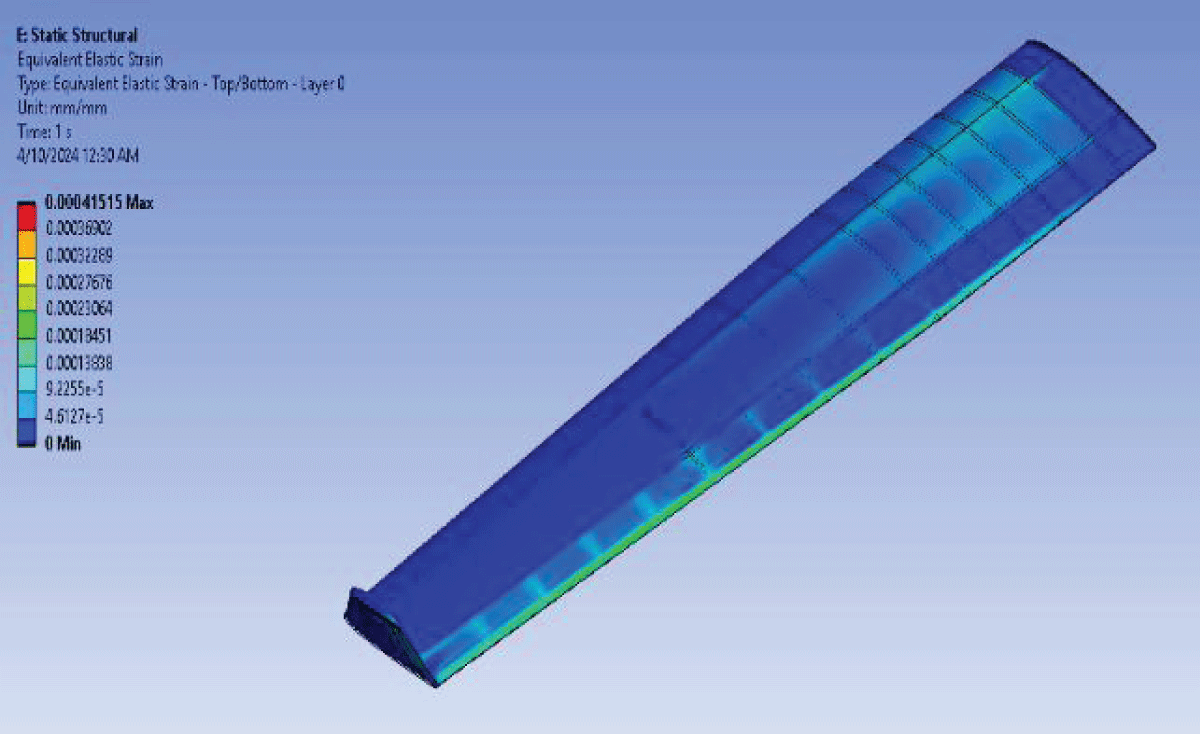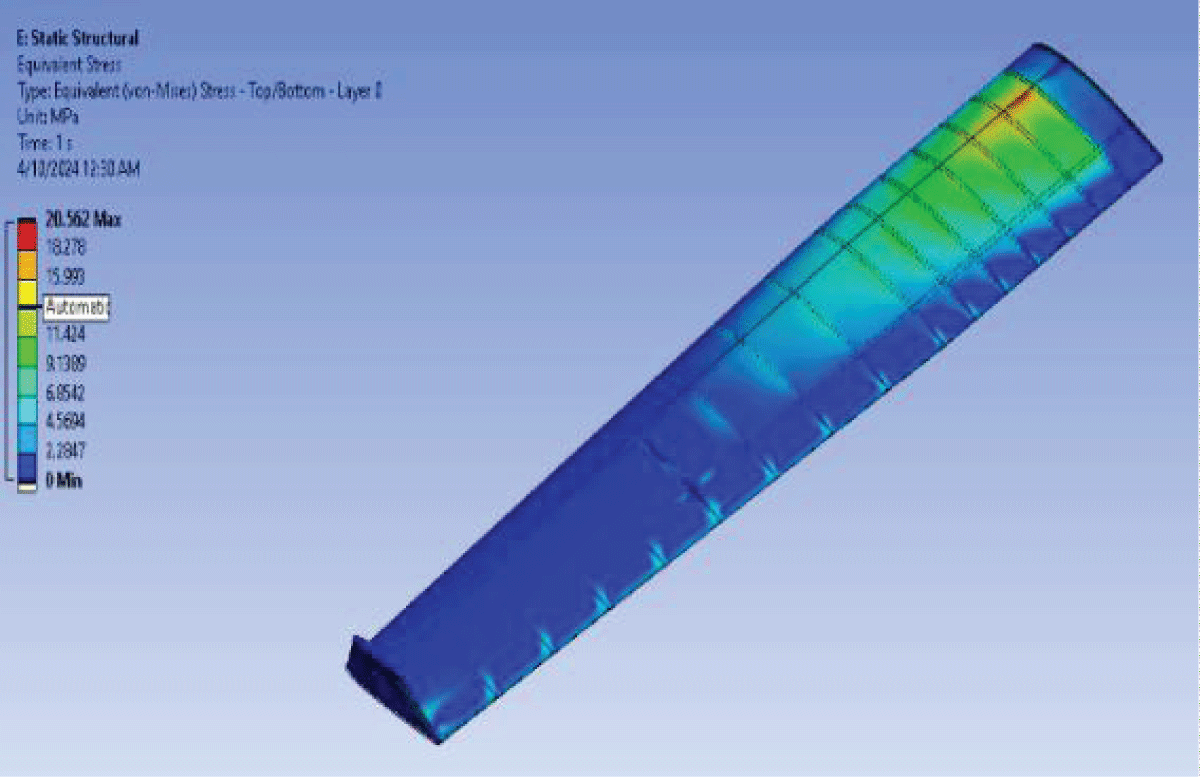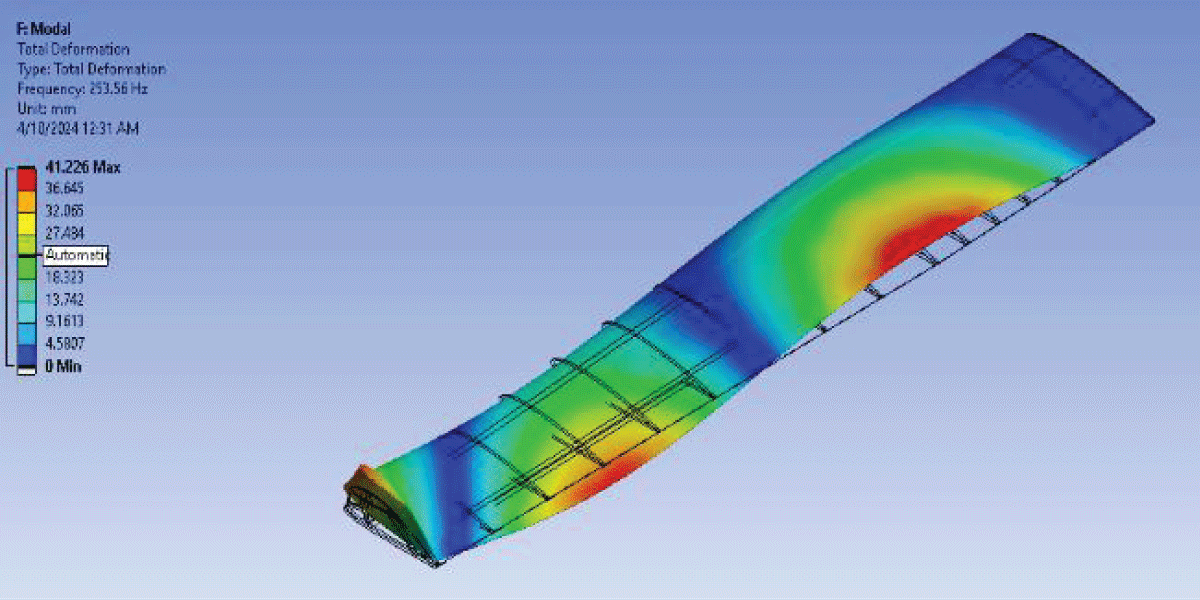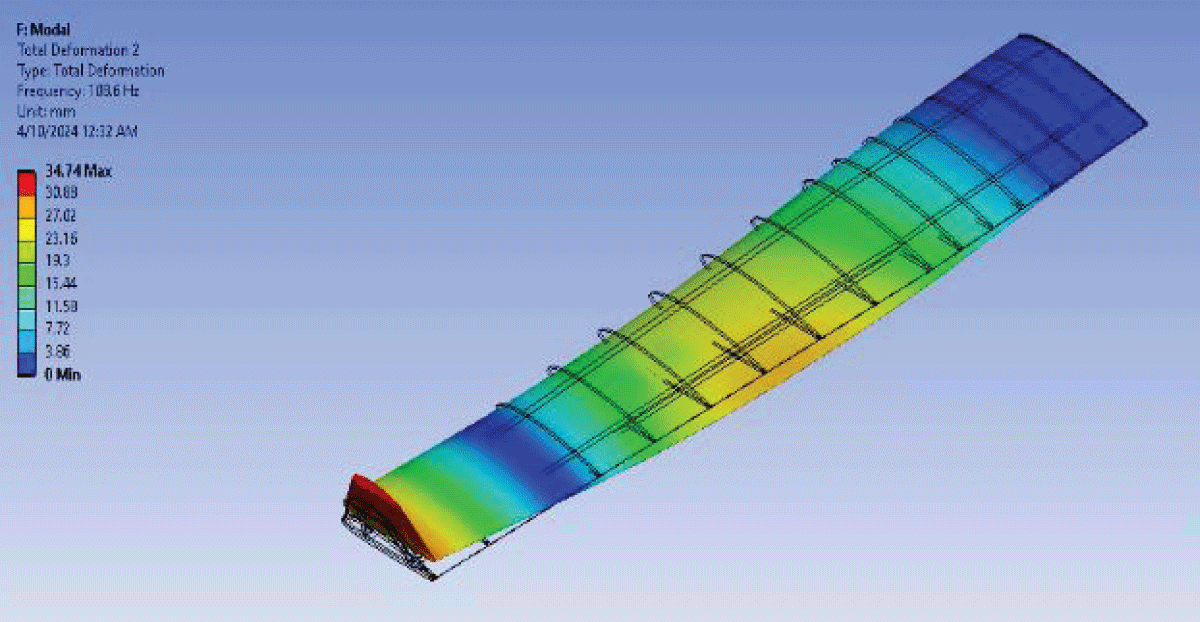要約
The paper explores comprehensive Unmanned Aerial Vehicle (UAV) wing optimization, integrating aerodynamic and structural techniques. A detailed comparison between the base and optimized modules while considering specifications such as composite material orientation, spar and rib material, deformation, stress, strain, safety factor, and weight. The methodology utilizes material changes for wing weight reduction while maintaining structural integrity. The optimized module (Case 7) balances weight reduction, safety, and structural performance, notably shifting from Al 7075 to Al 2024. Structural optimization focuses on changes in Carbon Fiber/Epoxy orientation, leveraging material changes for weight reduction. Constitutive equations and transformation matrices calculate stiffness matrices for the laminate, resulting in a robust wing. This holistic optimization combines low and high-fidelity techniques, addressing UAV wing structural aspects. Outcomes include weight reduction, deformation minimization, fluttering modal deformation and buckling points, an increased factor of safety, and improved strength-to-weight ratio. The research significantly advances aerospace engineering, particularly in UAV design and optimization.




